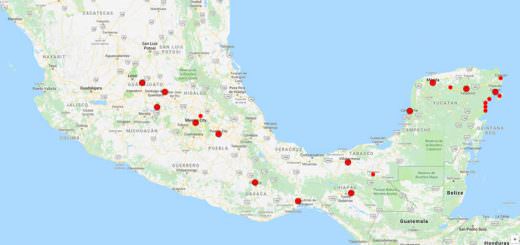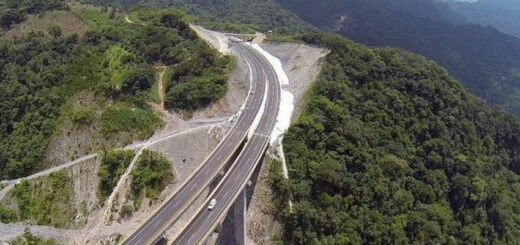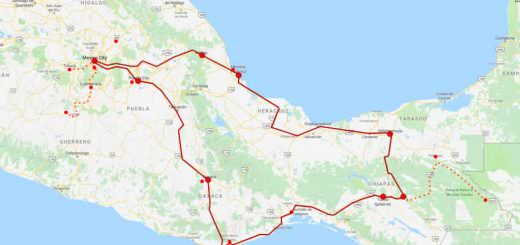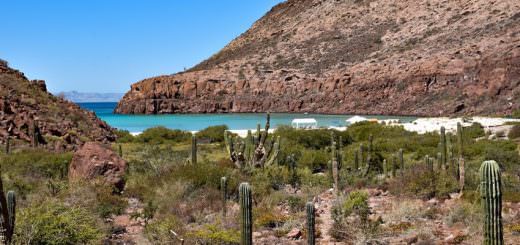Top 10 colonial cities
Mexico is a country with a rich history and culture. Highly questionable ethics aside, it’s impossible to deny the impact this colonial history has left on modern-day Mexico and one of the most obvious ways it presents itself is through architecture. Here are the top ten most historic, must-visit colonial cities in Mexico. Acámbaro is a city and municipality in the southeastern ...
Read more..
Read more..
6 best resorts in Mexico
Mexico is always bright, vivid, and very noisy. The colorful culture of the Mayan and Aztec civilizations with their legends and pyramids, colonial architecture, excellent beaches with clean sand, and developed infrastructure. Mexico is home to numerous resorts, particularly around its most stunning tourist regions, like Cabo San Lucas, Cancun, and the Riviera Maya. For the best of the best, consider a ...
Read more..
Read more..
Top 10 archaeological sites
Mexico was the cradle of a number of important civilizations that developed throughout the region. There are over 180 archaeological sites in Mexico that are open to the public. For the archaeology enthusiast, all are worth visiting, but there are a few that stand out from the rest in their size and magnificence. Mexico’s ancient civilizations were the most sophisticated and formidable ...
Read more..
Read more..
Mayan architecture
Thousand years ago, the ancient Mayans flourished in the verdant jungles of what is now Mexico, Belize, Guatemala, and Honduras, leaving behind a unique architectural heritage that continues to captivate scholars and tourists alike. The ancient Mayans built tall pyramid temples that rose above the jungle canopy. These monumental structures, with steep terraces and intricate staircases leading to the sky, were not ...
Read more..
Read more..
Mayan masks
Masks played a central role in ancient Maya culture. Mayan ritual masks were vibrant and colorful. These masks represented animals' spirits. Animals were regarded to be representations of human spirits. Jaguars were thought to be associated with a strong ruler. Mayan masks were made from wood, gold, shell, and volcanic rock. Mayans used masks for many reasons: to adorn the faces of ...
Read more..
Read more..
Mayan pottery
Mayan pottery is a lasting testament to the rich cultural heritage and artistic skill of this pre-Hispanic civilization. Mayan pottery offers deep insight into the daily life, beliefs, and artistic expressions of this ancient society. Mayan pottery was an integral part of Mayan society and culture. It served as vessels for food, drink, and offerings in religious rituals, as well as artistic ...
Read more..
Read more..
Mayan weaving
A colorful expression of Mayan skills and inspiration. Mayan weaving is mostly done by the Mayan women, who after thousands of years continue producing their beautiful and varied items by means of a waist loom. Their skill in weaving has been taught to them generation after generation by their grandmothers and mothers, starting at a very young age. In many of the ...
Read more..
Read more..
Mariachi
Sorry, your browser does not support this audio tag. Mariachi is a musical expression that dates back to at least the 18th century in Western Mexico. It is a tradition that can be defined by eight socio-musical elements: mariachi instrumentation and texture, musical genres and subgenres, performance methods and styles, singing styles and forms, dance styles, performative space, performance clothing, and the ...
Read more..
Read more..
Chinampas – Aztec floating gardens
Chinampas are artificial islands built by the Aztecs in the Valley of Mexico. These Aztec floating gardens were constructed on freshwater lakes, including Lake Texcoco, and were used for agricultural purposes. The word "chinampa" comes from the Nahuatl word "chināmitl" ("square made of canes") and the Nahuatl locative, "pan". Spaniards used the word "camellones" ("ridges between the rows") to describe chinampas. Chinampas ...
Read more..
Read more..
Lake Texcoco
Lake Texcoco ("Lago Texcoco") was among the largest lakes in Mesoamerica, reaching its maximum size in the period following the last Ice Age (approximately 11,000 years ago when it covered almost the entire Valley of Mexico. The Valley of Mexico spans approximately 7,000 sq kilometers. At its peak, Lake Texcoco covered 5,668 square kilometers with a depth exceeding 150 meters. Over time, ...
Read more..
Read more..





















